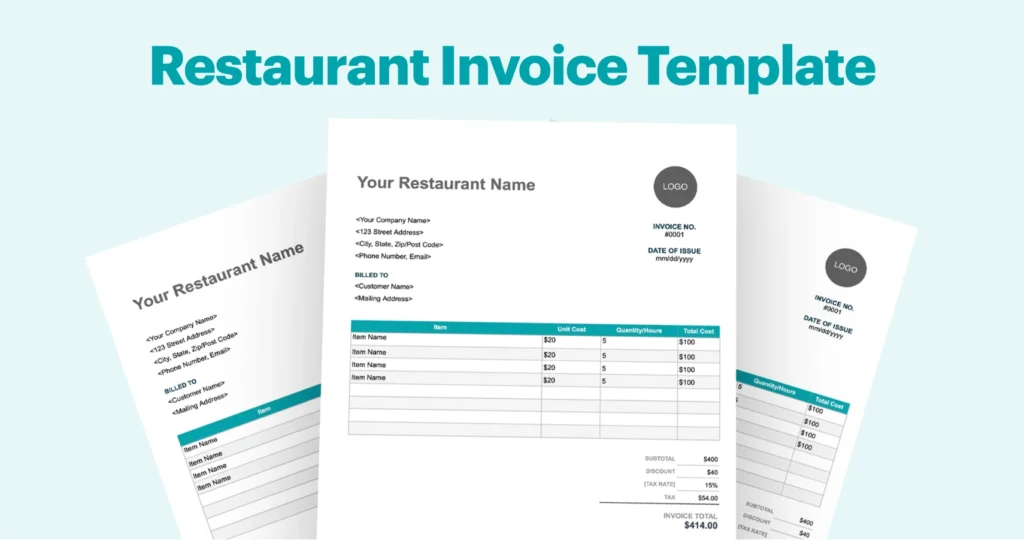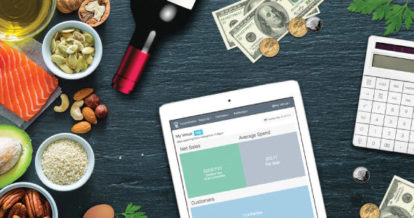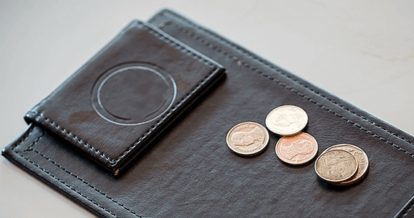Your Cost of Goods Sold (CoGS) lets you know how well you are pricing your products and controlling your inventory. As a restaurant owner, it’s important that you know how these ratios are calculated and what they can tell you about the general health of your business.
To make restaurant inventory management a breeze, here’s a quick guide to calculating CoGS and what’s considered standard for your type of venue.
Understanding CoGS
“Cost of Goods Sold” is the raw material costs of your menu items – the actual amount of food and beverage used to produce your food and beverage sales.
It’s important to note that CoGS is separate from theoretical costs. “Theoretical Cost” is what you should have used: your ideal spend. But the cost of the food and beverage you actually used is not always equal to what you should have used based on your recipes.
Raw material costs can change, and then there’s waste, inconsistent portioning, and shrinkage (the polite term for employee theft) – these can all create differences in theoretical versus actual costs. Your accountant will produce your actual cost using your inventory and invoices as inputs.
So, back to CoGS. The formula for CoGS is:
[Beginning Inventory of F&B] + [Purchases] – [Ending Inventory] = CoGS for the period
Or:
The amount of food and beverage you start with: [Beginning Inventory]
+
The amount of food and beverage you bought: [Purchases]
–
The amount of food and beverage left: [Ending Inventory]
=
The amount of food and beverage used: [CoGS]
Beginning Inventory is the amount of food and beverage you have in stock on the first date for the date range you’re reporting on.
Purchases during that same period are all food and beverage invoices added to your inventory.

Use this restaurant invoice template to create invoices with ease, saving you time and helping you get paid faster.
Ending Inventory is the food and beverage items you still have at the end of the same period.
Best practices in managing restaurant costs recommend consistently comparing what should have happened (theoretical CoGS) with what actually happened (actual CoGS) – and then work on narrowing the gap.
Find Your Ideal Ratio
Normally, CoGS is expressed as a ratio of a percentage of cost-to-sales. These ratios are usually categorized as follows:
| Revenue / Cost | Standard ratio range (%) |
| Food cost / Food sales | 25–40% |
| Beverage (non-alcoholic) cost / Beverage (non-alcoholic) sales* | 10–30% |
| Wine cost / Wine sales | 30–50% |
| Draft beer cost / Draft beer sales | 20–40% |
| Bottled (canned) beer cost / Bottled (canned) beer sales** | 30–35% |
| Liquor cost / Liquor sales | 10–20% |
| Bar mix and consumables cost / Liquor sales*** | 5–25% |
Acceptable ratios are largely determined by your regional market and business model, and can vary from concept to concept. As a general rule, your combined CoGS and labor costs should not exceed 65% of your gross revenue – this would be a major inventory mistake. However, if your business is in an expensive market, you should aim for an even lower percentage.
Generally accepted ratios vary from market to market and concept to concept. Your percentage of costs will be largely determined by how much you sell something for versus how much it costs to produce. The cost percentage will be generally determined by the bestsellers on your menu, rather than the menu as a whole.
A steakhouse or high-end seafood restaurant can have food costs of 40% and higher. A “from scratch” Italian restaurant specializing in pasta and pizza in a high-rent neighborhood could have a food cost as low as 20%. The key difference is the average check and the amount of labor needed to serve those items.
Rolling dough, cutting noodles, and prepping sauces and toppings are a lot more labour intensive than a restaurant that does not transform the raw product as much. Grilled steaks and steamed seafood, for example, don’t require much beyond proper seasoning, cooking, and storage/handling. A restaurant can be profitable with a 40% food cost, as much as a restaurant with 20% food cost can be losing money.
Can’t See the Dollars for the Percentages
It’s important when evaluating your CoGS performance and using ratio analysis that you keep in mind the gross profit of every item, rather than trying to “manage by the percentages”.
For example, if you think it’s better to sell a $30 bottle of wine that costs you $10 (33% CoGS) rather than a $100 bottle of wine that costs you $50 (50% CoGS), you need to ask yourself if you’d rather have a $20 or $50 in the bank. Menu pricing is an art, combining financial savvy with expert knowledge of the market and a crystal clear vision of your restaurant concept.
The more unique and niche your product, the higher the margin you can command (and the lower your CoGS percentage ratio). The more well-known the product (for example, a commonly available bottled beer), the closer you will have to match the margin charged by your competition. If you’re charging more for the same beer as the bar next door, it’s important to communicate how your restaurant delivers more value to your customers beyond the beer.
Cost of Goods Sold is one of the essential measures of the general health of your restaurant. Calculating the percentage Cost of each category of Goods consistently will help you make useful decisions about how well you are managing your restaurant as a profitable business.
*Food and non-alcoholic beverage are sometimes combined, but this is less common.
**Draft and bottled beer is sometimes combined, but this is not recommended. The serving, storing, and pouring methodology for each is different, as are the costs.
***Bar consumables are sometimes combined with non-alcoholic beverage or liquor; use your own discretion to determine with your accountant if this is right for your restaurant.
Learn how to make the most of your restaurant reports
Sign up for our free weekly TouchBistro Newsletter







